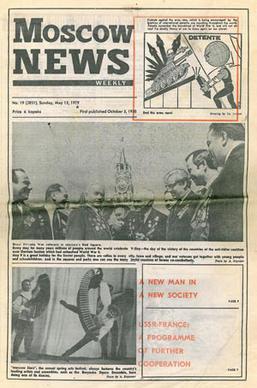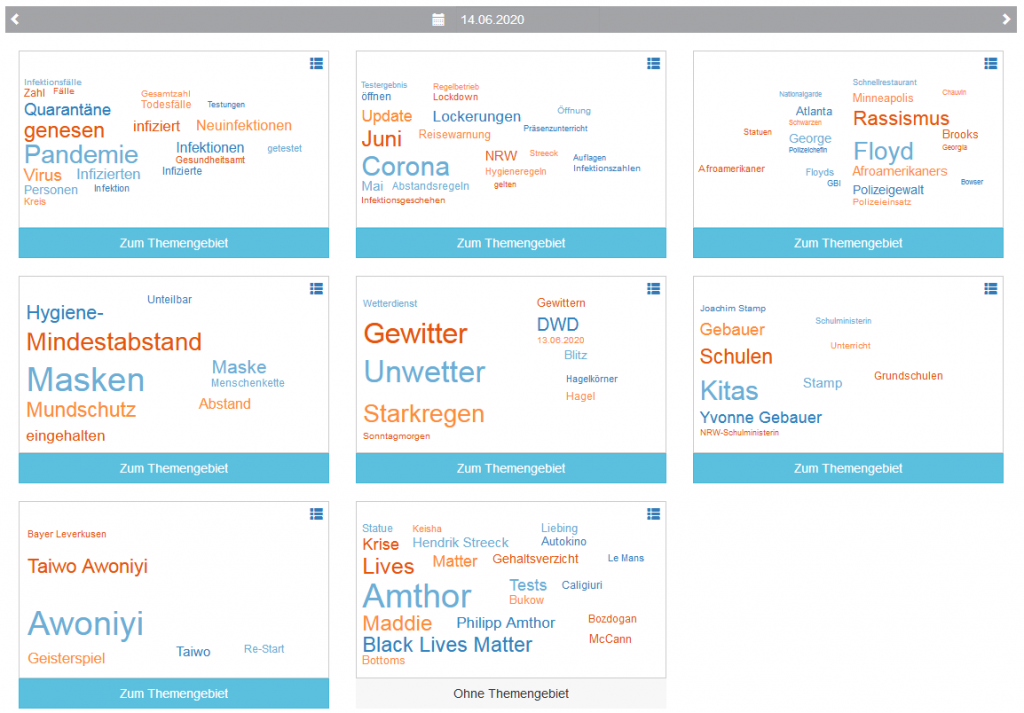WDR ZeitZeichen zu Marcel Reich-Ranicki
„„Ich erwarte, dass ich nicht gelangweilt werde. Das ist mein Hauptverhältnis zur Literatur.“ Für Marcel Reich-Ranicki war klar, dass auch ein Kritiker nicht langweilen darf – deshalb hat er ein Buch entweder in den Himmel gelobt oder hingebungsvoll verrissen.
Mit Sätzen wie „Manchmal ist eine Schreibblockade für die Leser ein Segen!“ machte er die Büchersendung „Das Literarische Quartett“ zur populären Unterhaltungsshow.
Reich-Ranicki war von Literatur geradezu besessen — bot sie ihm doch die Heimat, die er im wahren Leben nicht finden konnte.
Während der NS-Zeit musste der deutsch-polnische Jude Diskriminierung und Verfolgung erleiden. Er wurde ins Warschauer Ghetto deportiert und entkam nur knapp dem Transport ins Vernichtungslager.
In den 60er und 70er Jahren stieg er als Kritiker der „Zeit“ und später als Literatur-Chef der FAZ zum Papst der deutschen Literaturkritik auf — eine Berühmtheit, die immer wieder auch polarisierte.
Noch kurz vor seinem Tod sorgte Reich-Ranicki für einen Eklat, als er sich weigerte, den Deutschen Fernsehpreis anzunehmen.“ (WDR, Christiane Kopka, Hildegard Schulte)
Sie können die Sendung, die am 2.6.2020 in der Reihe „ZeitZeichen“ lief, über die Seite des WDR nachhören oder als Audiodatei herunterladen.
Bayern2 radioWissen: „Marcel Reich-Ranicki – Der Kritikerpapst“
„Marcel Reich-Ranicki stritt nicht nur über die Literatur, er stritt ein Leben lang auch dafür, dass harte Urteile und bedingungslose Debatten die Literaturlandschaft lebendig halten. Es war ihm todernst mit dem Spiel Literaturkritik.“ (Bayern 2, Marie Schoeß)
Sie können die Sendung, die am 2.6.2020 auf Bayern 2 lief, über die Seite des BR nachhören oder als Audiodatei herunterladen.










